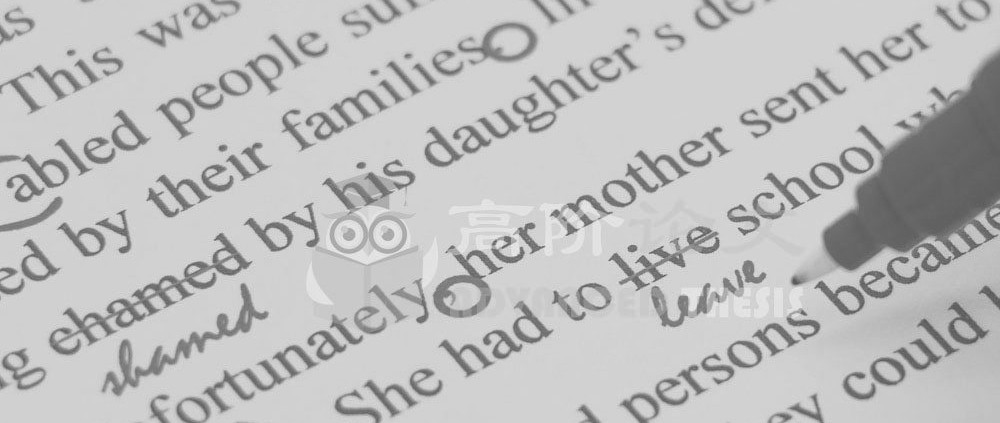加拿大公共关系论文代写:城市形态
加拿大公共关系论文代写:城市形态
可持续发展与城市形态是一种比较务实的思维方式。实现城市或国家的可持续发展将涉及确保结构具有能力、简单和灵活。城市必须能够支持更清洁的环境。为可持续规划确定了七个设计概念:紧凑、可持续运输、密度、混合土地使用、多样性、被动式太阳能设计和绿化(伯内特,2007)。除此之外,加入了新的传统发展,城市竞争的可持续城市形态的紧凑型城市和生态城市(Jabareen,2006)。
城市僵硬的规划起源于1950世纪,正是在这一时期,战后的发展达到了顶点。它既影响了发展的质量,也影响了物理规划。大多数城市规划者都是以乌托邦式的眼光看待生活,忘记了真正意义上的城市规划(泰勒,1998)。这个论点假定所有的问题都是过去的,但是这个假设对所有国家来说都是不正确的。国家的发展速度能够而且仍然创造出各种各样的计划质量。
Hildebrand Frey是城市发展和可持续发展理论的主角。这一理论被称为“城市细胞”理论(UCT)(弗雷,1999)。在这一理论的城市街道是城市的细胞被重新调整以满足上述的设计尺寸。一个生物的内涵提出了。在生物学中,一个细胞在附近有两个或更多的细胞存活时是活的。靠近它的更少的细胞意味着细胞可能被隔离和隔离,并且会死亡,另一方面,当细胞周围有更多的细胞时,它会因过度拥挤而死亡。城市的概念也可以是相同的(弗雷,Yaneske,2007)。它与周围的细胞有很强的相互作用,类似于生物细胞。具有结构和功能完整性的强相互作用将使细胞更加紧凑和功能化。紧凑型和模块化的结构变得更有弹性(弗雷,Yaneske,2007)。
加拿大公共关系论文代写:城市形态
The sustainable development and the urban form is a more pragmatic way of thinking. Achieving a sustainable shape for the city or the country will involve ensuring structures are capable, simple and flexible. The city must be able to support a cleaner environment. Seven design concepts are identified for the sustainable planning which is compactness, sustainable transport, density, use of mixed land, diversity, passive solar design and greening (Burnett, 2007). In addition to this are added the sustainable urban forms which are the neo traditional development, urban contention, the compact city and the eco-city (Jabareen, 2006).
The inflexible planning of cities has its roots in the 1950’s. It was at this period that post war development was at its heights. It impacted both the quality of development and also the physical planning. Most town planners worked with a utopian vision and forgot real life city planning (Taylor, 1998). This argument gives the assumption that all problems are of the past, however this assumption might not hold true for all countries. The rate of development of countries could and still does create various qualities of planning.
Hildebrand Frey is the protagonist of the theory of urban development and sustainable development. This theory is called the “urban cell theory” (UCT) (Frey, 1999). In this theory urban cells of the urban neighborhood are to be recalibrated so as to meet the design dimensions presented above. A biological connation is presented here. In biology a cell is alive when two or more cells near it are alive. Fewer cells near it would mean that the cell might get insulated and isolated and will die, on the other hand when it has more cells around it then it will die of overcrowding. The concept of the city could also be the same (Frey and Yaneske, 2007). It does have very strong interactions with the units around it, similar to the biological cell. A strong interaction which is complete with structural and functional integrity will make the cell more compact and functional. The compact and modular structure becomes more resilient (Frey and Yaneske, 2007).








